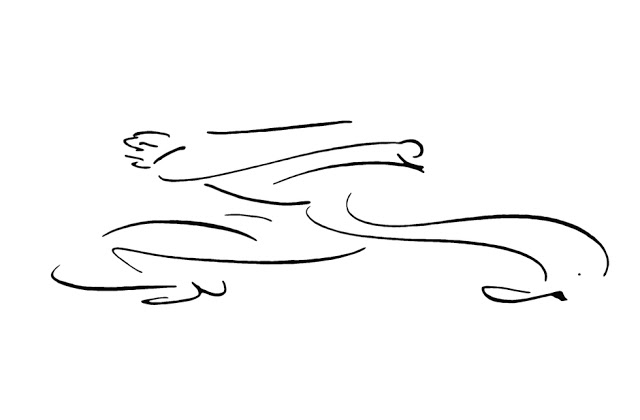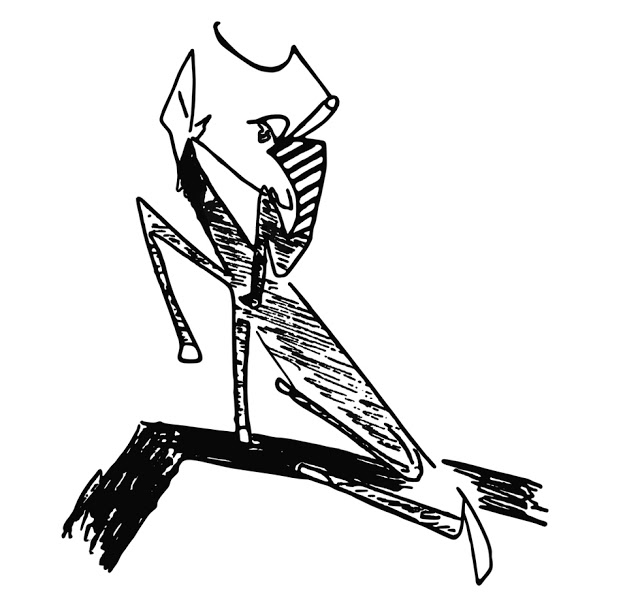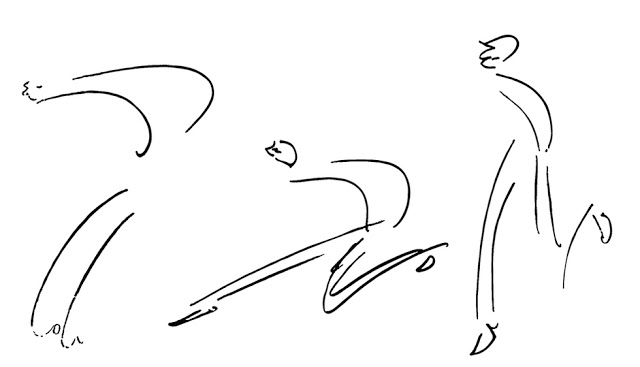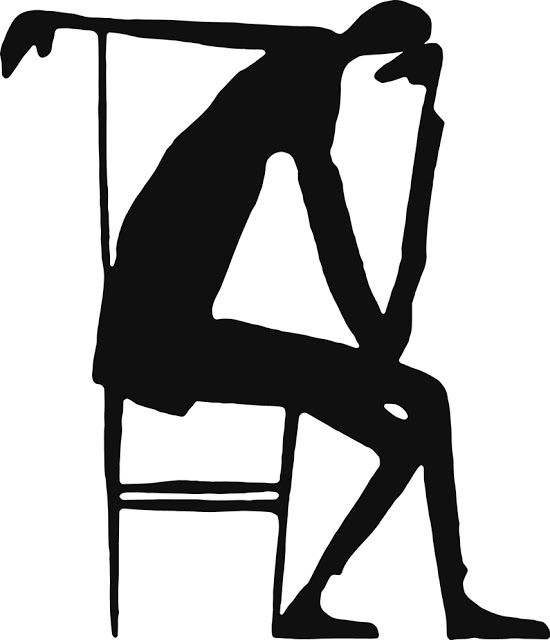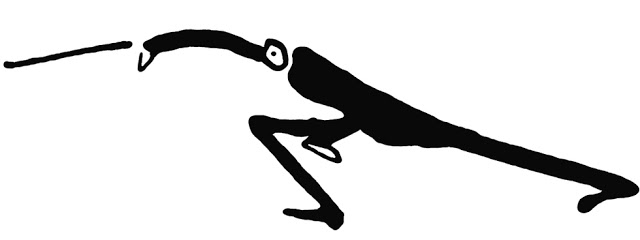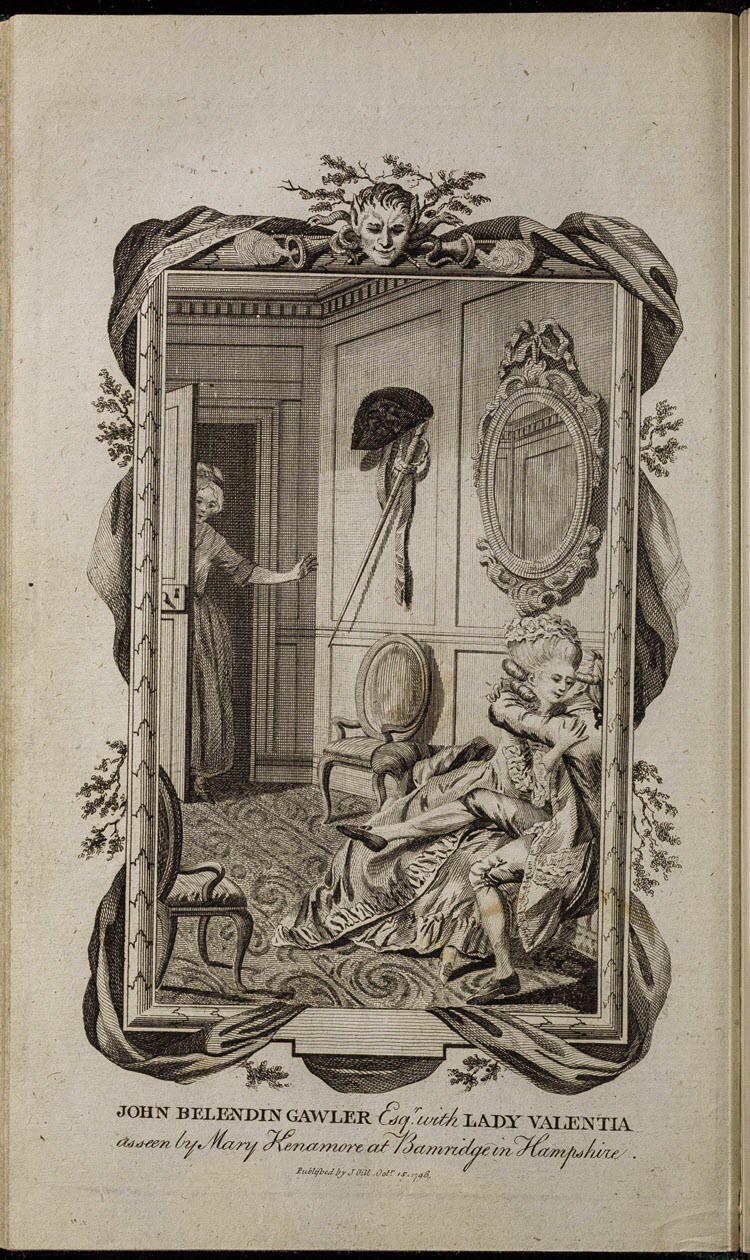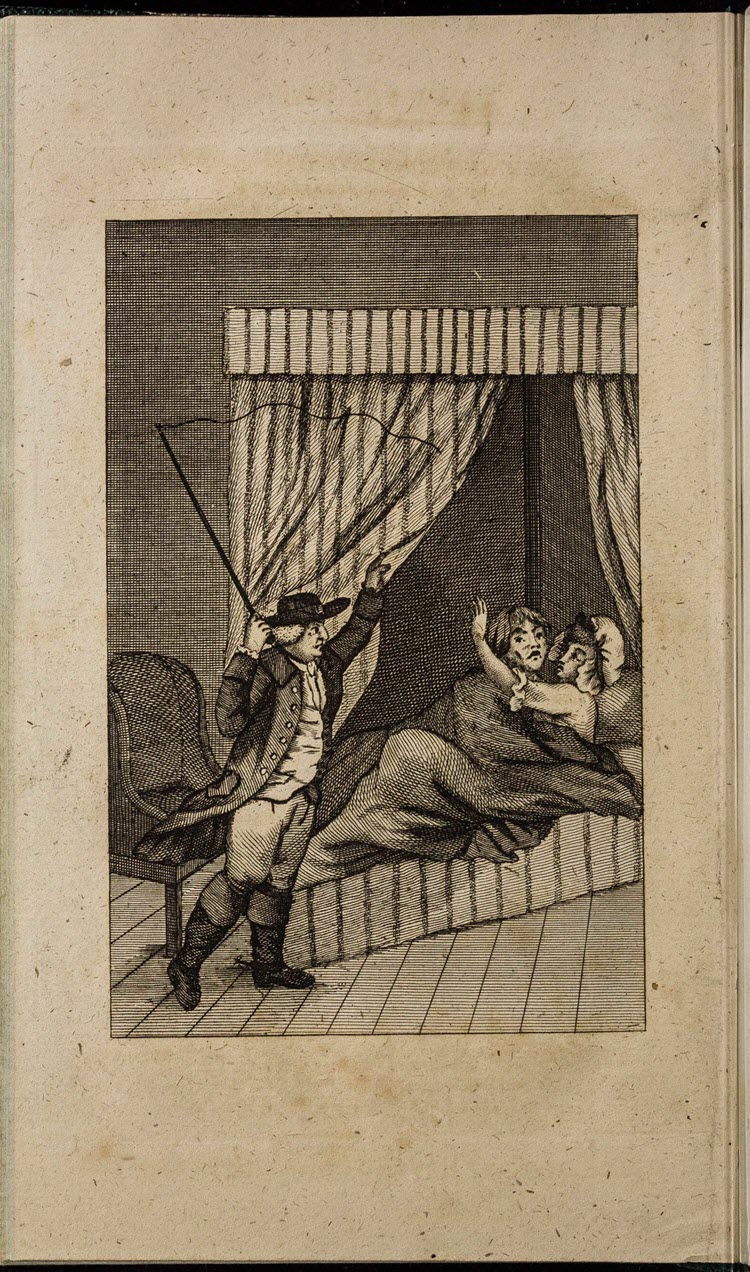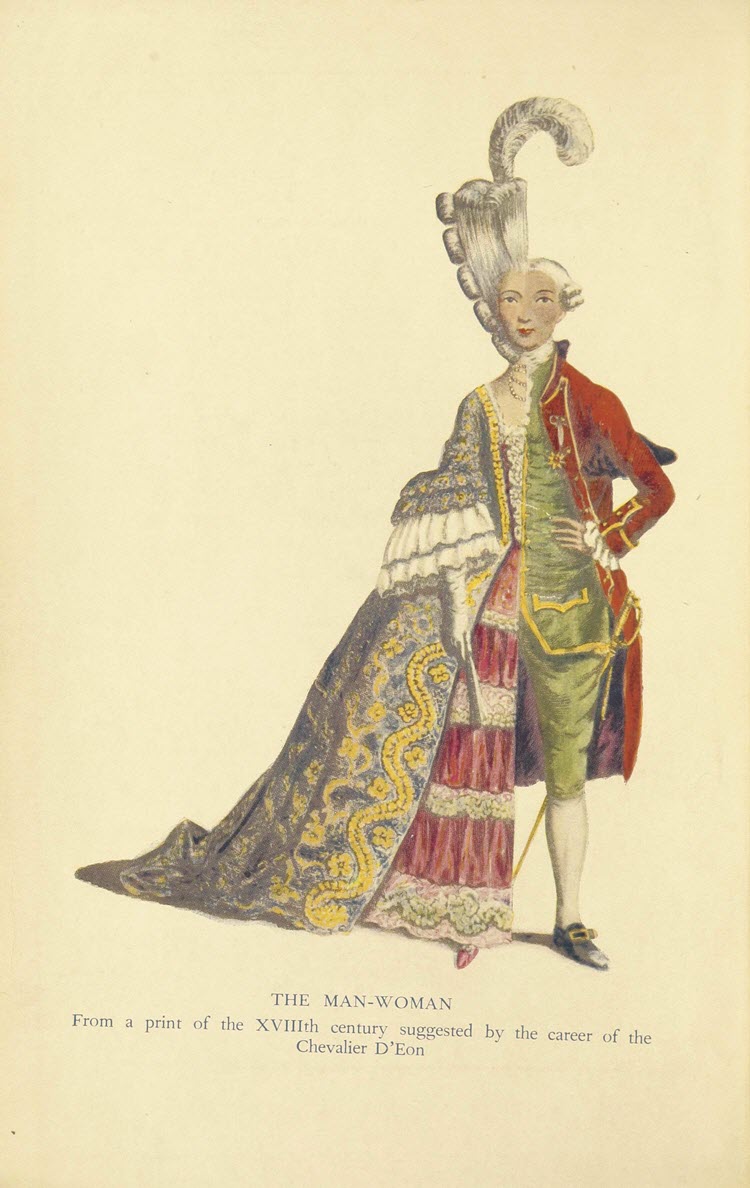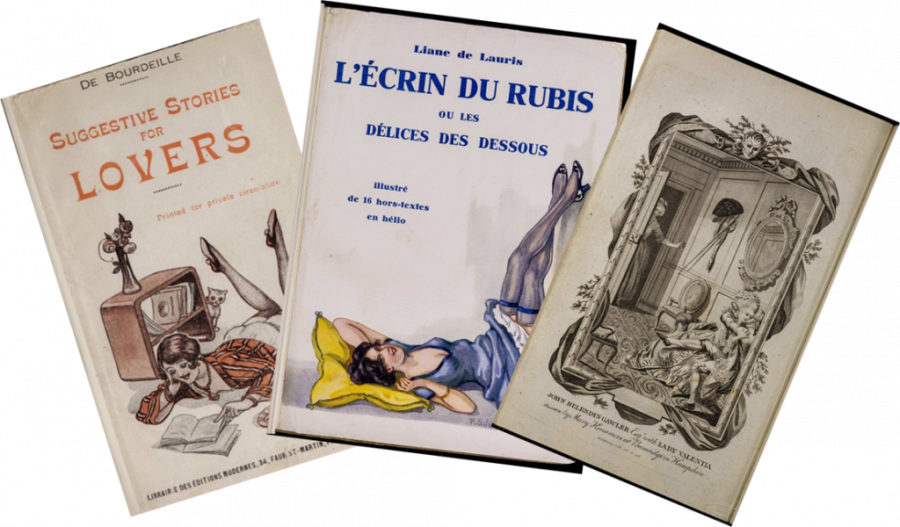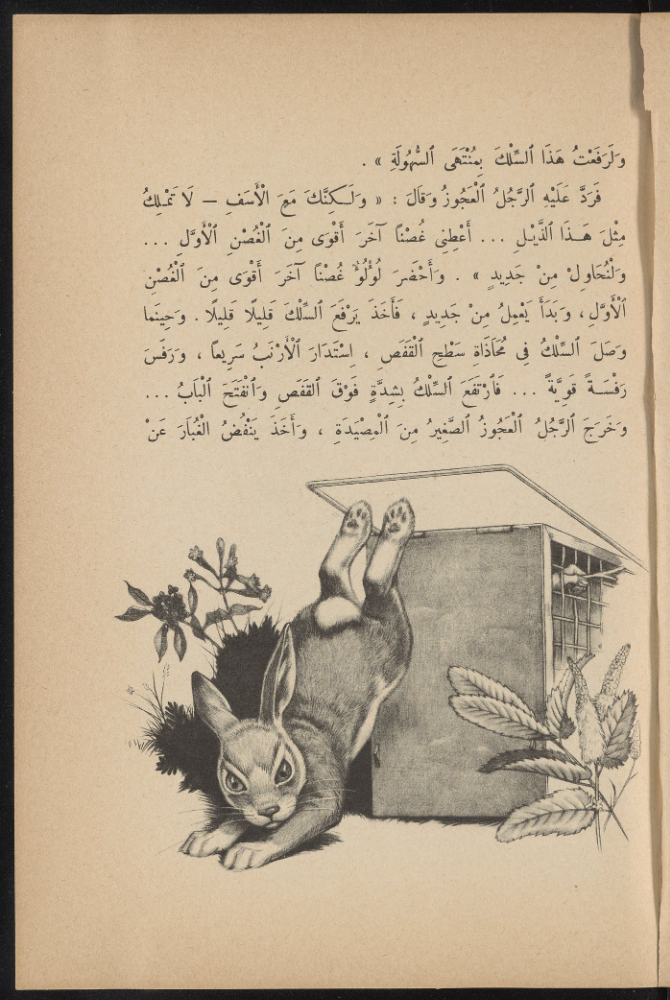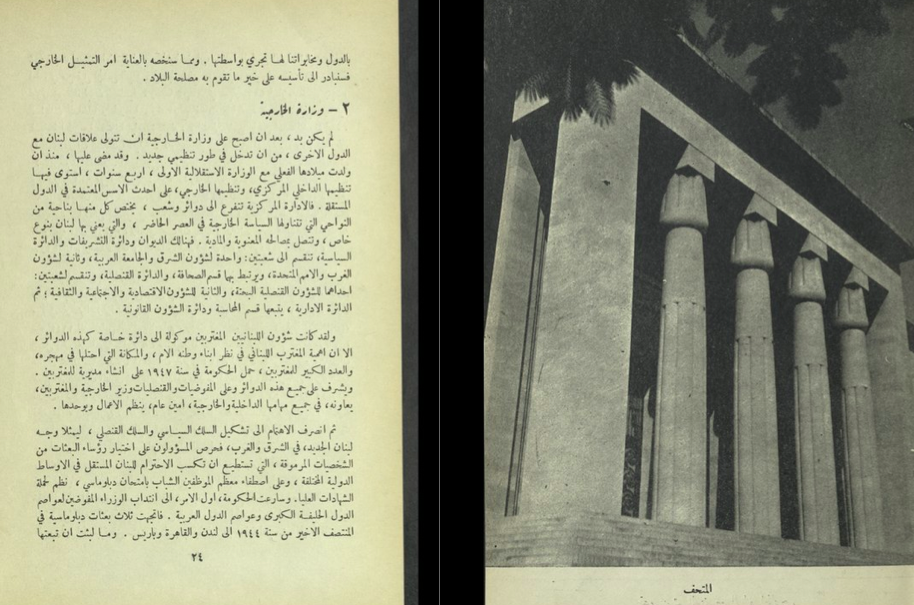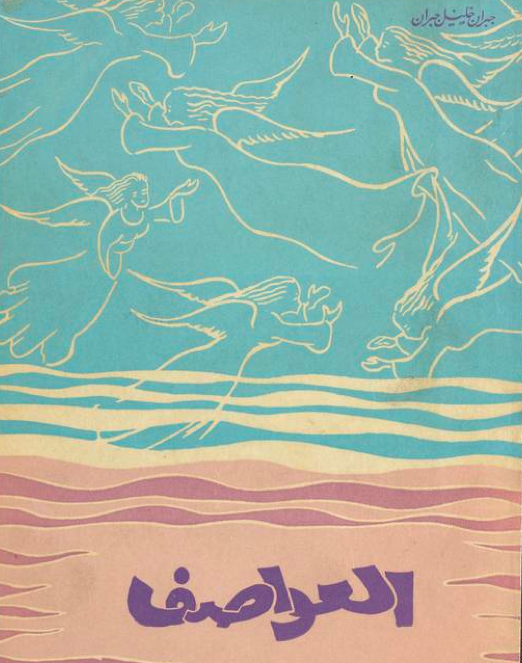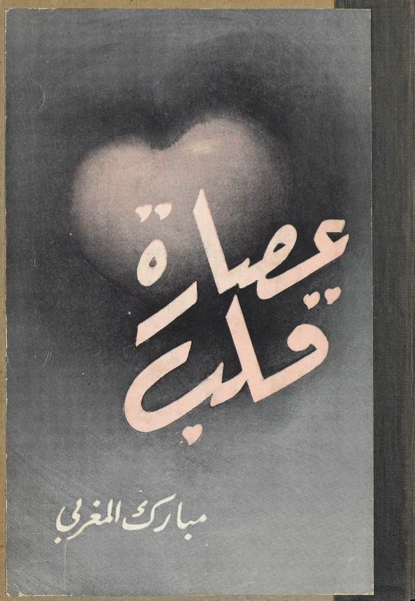[Most Recent Entries] [Calendar View]
Thursday, February 28th, 2019
| Time | Event |
| 3:00p | Behold The Drawings of Franz Kafka (1907-1917) Runner 1907-1908 UK-born, Chicago-based artist Philip Hartigan has posted a brief video piece about Franz Kafka’s drawings. Kafka, of course, wrote a body of work, mostly never published during his lifetime, that captured the absurdity and the loneliness of the newly emerging modern world: In The Metamorphosis, Gregor transforms overnight into a giant cockroach; in The Trial, Josef K. is charged with an undefined crime by a maddeningly inaccessible court. In story after story, Kafka showed his protagonists getting crushed between the pincers of a faceless bureaucratic authority on the one hand and a deep sense of shame and guilt on the other. On his deathbed, the famously tortured writer implored his friend Max Brod to burn his unpublished work. Brod ignored his friend’s plea and instead published them – novels, short stories and even his diaries. In those diaries, Kafka doodled incessantly – stark, graphic drawings infused with the same angst as his writing. In fact, many of these drawings have ended up gracing the covers of Kafka’s books. “Quick, minimal movements that convey the typical despairing mood of his fiction” says Hartigan of Kafka’s art. “I am struck by how these simple gestures, these zigzags of the wrist, contain an economy of mark making that even the most experienced artist can learn something from.” In his book Conversations with Kafka, Gustav Janouch describes what happened when he came upon Kafka in mid-doodle: the writer immediately ripped the drawing into little pieces rather than have it be seen by anyone. After this happened a couple times, Kafka relented and let him see his work. Janouch was astonished. “You really didn’t need to hide them from me,” he complained. “They’re perfectly harmless sketches.”
Check out some of Kafka’s drawings below: Horse and Rider 1909-1910 Three Runners 1912-1913 The Thinker 1913 Fencing 1917 Follow Open Culture on Facebook and Twitter and share intelligent media with your friends. Or better yet, sign up for our daily email and get a daily dose of Open Culture in your inbox. If you'd like to support Open Culture and our mission, please consider making a donation to our site. It's hard to rely 100% on ads, and your contributions will help us provide the best free cultural and educational materials. Note: An earlier version of this post appeared on our site in February 2014. Related Content: Find Works by Kafka in our Free eBooks collection Watch Franz Kafka, the Wonderful Animated Film by Piotr Dumala The Art of William Faulkner: Drawings from 1916-1925 Vladimir Nabokov Makes Editorial Tweaks to Franz Kafka's Novella Vladimir Nabokov’s Delightful Butterfly Drawings Jonathan Crow is a Los Angeles-based writer and filmmaker whose work has appeared in Yahoo!, The Hollywood Reporter, and other publications. You can follow him at @jonccrow. Behold The Drawings of Franz Kafka (1907-1917) is a post from: Open Culture. Follow us on Facebook, Twitter, and Google Plus, or get our Daily Email. And don't miss our big collections of Free Online Courses, Free Online Movies, Free eBooks, Free Audio Books, Free Foreign Language Lessons, and MOOCs. |
| 6:50p | The British Library Digitizes Its Collection of Obscene Books (1658-1940)
Many people are cheated out of an authentic education in English literature because of a longstanding puritanical approach to its curation. One might spend a lifetime reading the traditional canon without ever, for example, learning much about the long history of popular pornographic British writing, a genre that flourished in the 18th and 19th centuries as the popularity of the novel exploded. Everyone knows the Marquis de Sade, even if they haven’t read him, not least because he lent his name to psychoanalytic theory. Many of us have read Voltaire’s randy satire, Candide. But few know the name John Cleland, author of Fanny Hill, a bawdy British novel published in 1748, over forty years before de Sade’s Justine. A book that serves up its own wealth of psychosexual insights, Fanny Hill does not disappoint either as pornographic writing or as entertaining fiction. Cleland wrote the book while in debtors’ prison, after he “boasted to James Boswell, himself no mean pornographer… that he could write a sexually exciting story of ‘a woman of pleasure’ without using a single ‘foul’ word,” writes John Sutherland at The Guardian. Cleland succeeded, in a narrative loaded with crudely Shakespearean puns and euphemisms. The wordplay in the title character’s name, an Anglicization of mons veneris (mound of Venus), will be immediately apparent to speakers of British English. Upon its publication, however, Cleland was prosecuted for “corrupting the king’s subjects,” and the book was “duly buried and went on to become a centuries-long underground bestseller.” Such was the fate of many an obscene British novel. Thousands of these became property of the British Library, which “kept its dirtiest books locked away from the rest of its collections,” notes Brigit Katz at Smithsonian. “All volumes deemed to be in need of extra safeguarding so that members of the public couldn’t get their hands on the saucy stories—or try to destroy them—were placed in the library’s ‘Private Case.’” Now, they are being digitized and made available to Gale subscribers.
2,500 volumes from the Private Case collection have become part of Gale’s Archives of Sexuality and Gender research library, the first time much of this material has been available. “Pretty much anything to do with sex,” says British Library curator Maddy Smith, was locked away “until around 1960, when attitudes to sexuality were changing.” Librarians only began cataloguing this material in the 1970s, but most of it remained obscure and fairly inaccessible. The collection dates to 1658. It includes a series called the Merryland Books, written in the 1740s by authors who took pseudonyms like “Roger Pheuquewell” and described “the female anatomy metaphorically as land ripe for exploration.” It is not overall a body of work given to subtleties. Aside from some exceptions, like Teleny or The Reverse of the Medal, a tragic gay romance attributed to Oscar Wilde, these are also largely books “written by men, for men,” about women, Smith points out. “It’s to be expected, but looking back, that’s what is shocking, how male-dominated it is, the lack of female agency.” She might have also pointed out that many women in the mid-18th century were writing and publishing popular novels, largely read by women, with frank coming-of-age descriptions of sexual education, seduction, and even rape. And both men and women wrote about homosexuality and gender fluidity in ways that might surprise us.
The response to such books tended to be moralistic correction—as in the best-selling Pamela, or Virtue Rewarded by Samuel Richardson—or lascivious satire, as in the Merryland Books, Fanny Hill, and Henry Fielding’s Shamela, a parody that turns Richardson’s chaste heroine into a scheming prostitute. These two novels were massively popular and show the form as we know it developing as a literary conversation between men about women’s supposed vices or virtues. We should read mid-18th century pornographic literature as an essential part of the formation of the British novel tradition.
At the Gale online collection of these British Library treasures, one can do just that, then reach back a century earlier and forward 200 years to 1940, the last date in the Gale collection, which “makes available approximately one million pages of content that’s been locked away for many years, available only via restricted access.” (We must note that access is still restricted to Gale subscribers). These pages come not only from the British Library but also from The Kinsey Institute and the New York Academy of Medicine, who have both supplied a share of textbooks and scholarly monographs on sex. The “obscenity” of this material lies in the eyes of its keepers—much will seem unremarkable today, and some can still seem plenty scandalous. Related Content: Read 14 Great Banned & Censored Novels Free Online: For Banned Books Week 2014 A Complete Digitization of Eros Magazine: The Controversial 1960s Magazine on the Sexual Revolution John Waters Reads Steamy Scene from Lady Chatterley’s Lover for Banned Books Week (NSFW) Josh Jones is a writer and musician based in Durham, NC. Follow him at @jdmagness The British Library Digitizes Its Collection of Obscene Books (1658-1940) is a post from: Open Culture. Follow us on Facebook, Twitter, and Google Plus, or get our Daily Email. And don't miss our big collections of Free Online Courses, Free Online Movies, Free eBooks, Free Audio Books, Free Foreign Language Lessons, and MOOCs. |
| 7:00p | Download 10,000+ Books in Arabic, All Completely Free, Digitized and Put Online
If you've considered learning a new language to open up a new realm of reading, you could do much worse than Arabic. Though its mastery may demand a considerable amount of time, it repays the investment as the language of not just a country but an entire region of the world, and a region with a deep textual history at that. Anyone interested in becoming a student of Arabic, casually or seriously, can get their start at our collection of Arabic lessons available free online, and when up to speed on reading might consider a visit to Arabic Collections Online (ACO), a digital library of Arabic-language texts now boasting 10,042 volumes across 6,265 subjects, all of them also available free online.
With a list of contributing partners including institutions in both America (New York University, Princeton, Cornell, Columbia) This mission addresses not just a lack of widely available Arabic texts on the web, but the condition of much of the material digitized, as "many older Arabic books are out-of-print, in fragile condition, and are otherwise rare materials that are in danger of being lost."
Though clearly an ever more valuable resource for students of Arabic, ACO has much more to offer those already acquainted with the joys of the language. ArabLit specifically points out two of its featured Egyptian titles this month, Tawfiq al-Hakim’s Return of the Spirit (???? ?????), which English translator William Maynard Hutchins describes as "a gloriously Romantic tribute to the solidarity of the Egyptian people of all classes and religions and to their good taste and excellent sense of humor," and Colors (?????) by Taha Hussein, one of the country's most influential intellectuals of the 20th century. But the full scope of Arabic-language literature, as the already vast holdings of Arabic Collections Online reveals, extends beyond Egypt, and far indeed beyond the past couple of centuries. To those about to explore it, bil-tawfiq.
Related Content: How Arabic Translators Helped Preserve Greek Philosophy … and the Classical Tradition A Map Showing How Much Time It Takes to Learn Foreign Languages: From Easiest to Hardest Based in Seoul, Colin Marshall writes and broadcasts on cities, language, and culture. His projects include the book The Stateless City: a Walk through 21st-Century Los Angeles and the video series The City in Cinema. Follow him on Twitter at @colinmarshall or on Facebook. Download 10,000+ Books in Arabic, All Completely Free, Digitized and Put Online is a post from: Open Culture. Follow us on Facebook, Twitter, and Google Plus, or get our Daily Email. And don't miss our big collections of Free Online Courses, Free Online Movies, Free eBooks, Free Audio Books, Free Foreign Language Lessons, and MOOCs. |
| << Previous Day |
2019/02/28 [Calendar] |
Next Day >> |
